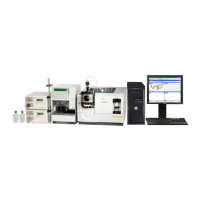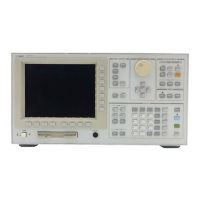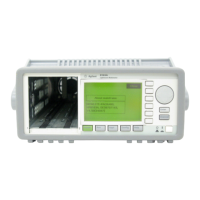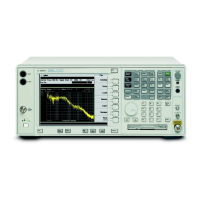THD 4-7
time capture
aborting data collection 7-5
allocating memory 7-4
defining an analysis region 7-9
examining the capture buffer 7-8
filling the capture buffer 7-2 - 7-3, 7-5
measurement marker 7-12
measuring from the capture
buffer 7-10 - 7-12
ranging restrictions 7-2
recalling the buffer from disk 7-7
restrictions on changing instrument
modes 7-11
saving the buffer to disk 7-6
span restrictions 7-11
time record restrictions 7-11
time delay
curve fit 16-24
synthesis 15-23
time record, time capture restrictions 7-11
time stamp 14-7
time units 11-3
time-stepped arming 1-13, 1-17
title
plot or print 14-7
trace 9-5
total harmonic distortion 4-7
trace
active 8-2
arranging on the screen 9-2
coordinate system 11-2
displaying grids 9-4
height in waterfall 9-8
matching scale of another trace 10-6, 10-8
most active 8-2
recalling 13-10
saving 13-7
scaling automatically 10-2
scaling manually 10-3 - 10-4
scaling with axes scale markers 10-5, 10-7
title 9-5
track, order 1-14 - 1-18
transducer
calibrating 1-4 - 1-5
connecting 1-2
converting units 11-7
entering sensitivity 11-6
selecting units 3-4, 11-6
transducer units
converting 11-7
transducer units (continued)
selecting 11-6
See also units
transfer function 5-20
triggering
delay Part I-14
process Part I-13
U
units
acceleration 11-7
amplitude 11-5 - 11-8
displacement 11-7
frequency 11-3
phase 11-4
time 11-3
See also transducer units
velocity 11-7
upper/lower display format 9-2
V
velocity units 11-7
vibration
measuring with FFT mode 1-6 - 1-7
measuring with order mode 1-10 - 1-11,
1-14 - 1-15
volatile RAM disk 13-3
W
waterfall buffer
displaying 9-9
displaying a slice through 9-11
displaying a trace from 9-10
saving 13-7
scrolling through 9-9
specifying size 9-7, 9-9
waterfall display
baseline suppression 9-8
clearing 9-9
differences while
measuring and paused 9-9
effects of autoscaling Part I-19
enabling 9-7
skewing 9-8
trace height 9-8
with averaging 4-9
Z-axis scaling 9-7, 9-9
vii
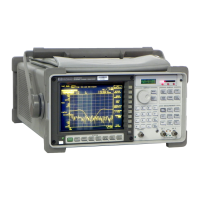
